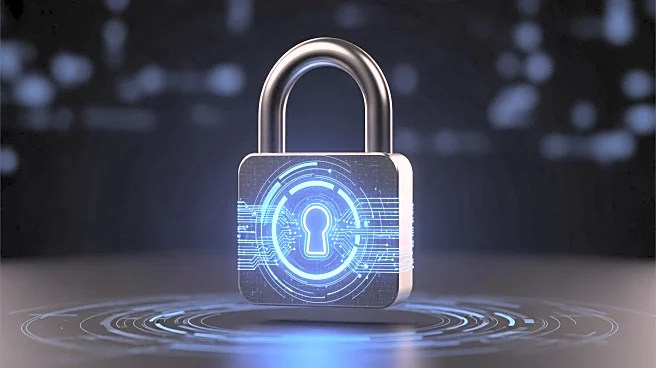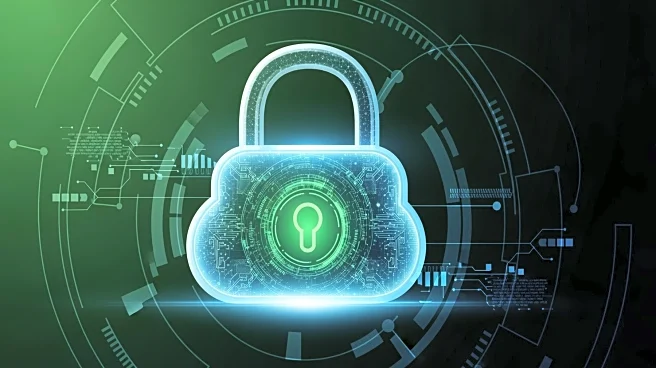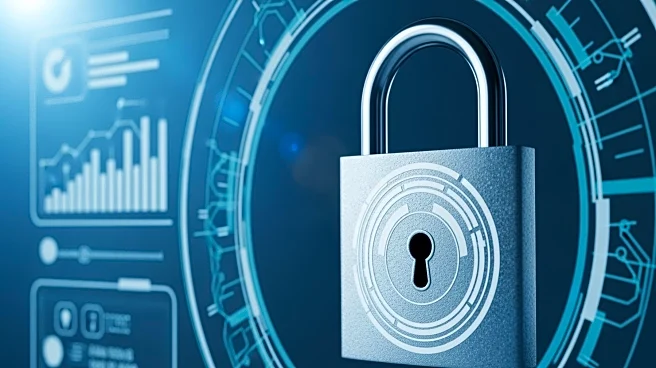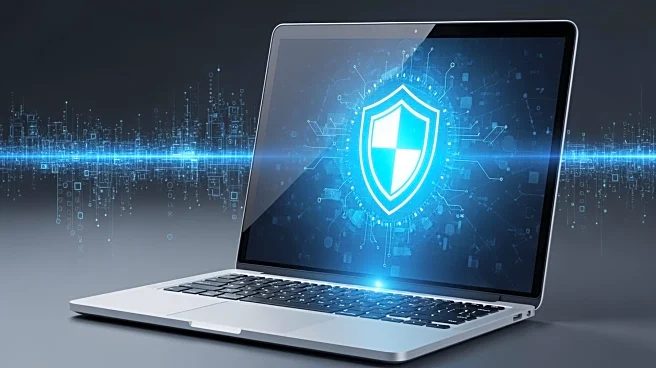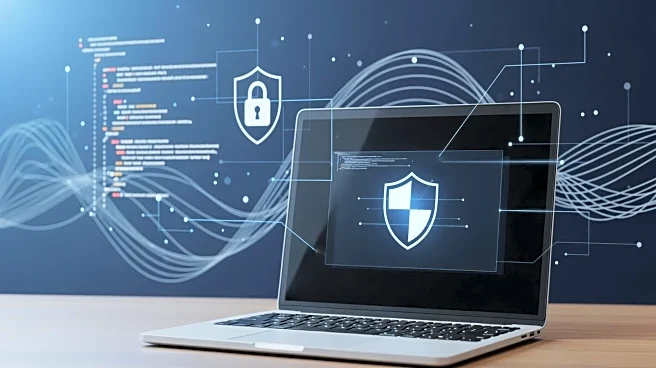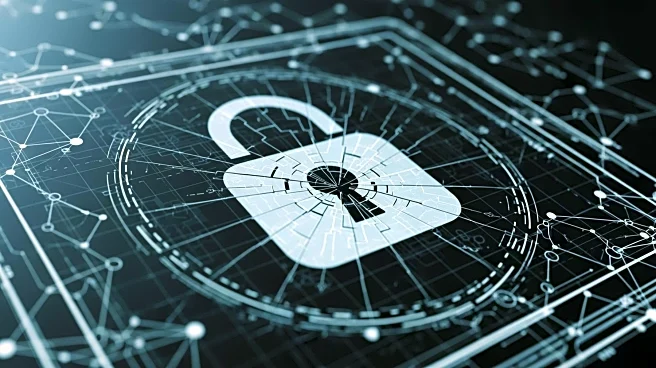What's Happening?
ClickFix attacks, a social engineering tactic used by cybercriminals and state-sponsored groups, are increasingly targeting macOS users. These attacks involve tricking victims into executing malicious commands through fake error messages. The technique,
previously aimed primarily at Windows users, has evolved to include tailored instructions for macOS users. Recent reports indicate that attackers are using sophisticated methods, such as mimicking Cloudflare verification pages, to deceive users into executing malware. The attacks have become more convincing, with fewer steps required for macOS users compared to previous versions, and include features like embedded instructional videos and countdown timers to pressure victims.
Why It's Important?
The evolution of ClickFix attacks poses a significant threat to macOS users, highlighting the adaptability of cybercriminals in targeting different operating systems. As macOS is generally considered more secure than Windows, the increased focus on macOS users indicates a shift in threat actor strategies. This development underscores the need for enhanced security measures and user awareness to prevent such attacks. The ability of these attacks to bypass traditional security systems by relying on manual execution of commands makes them particularly dangerous, potentially leading to widespread malware infections and data breaches.
What's Next?
Security firms are likely to continue developing defenses against ClickFix attacks, with a focus on user education and awareness. Microsoft has already implemented ClickFix defenses in its Defender products, emphasizing the importance of detecting malicious landing pages. Apple may also take steps to protect macOS users, although specific measures have not been disclosed. As threat actors continue to refine their tactics, operating system and security vendors will need to adapt quickly to mitigate risks and protect users from evolving cyber threats.
Beyond the Headlines
The rise of ClickFix attacks against macOS users reflects broader trends in cybersecurity, where attackers are increasingly targeting perceived secure systems. This shift may lead to a reevaluation of security protocols and practices among macOS users and organizations relying on Apple products. The ethical implications of such attacks, particularly those involving state-sponsored groups, raise concerns about the role of governments in cyber warfare and the protection of civilian infrastructure.
